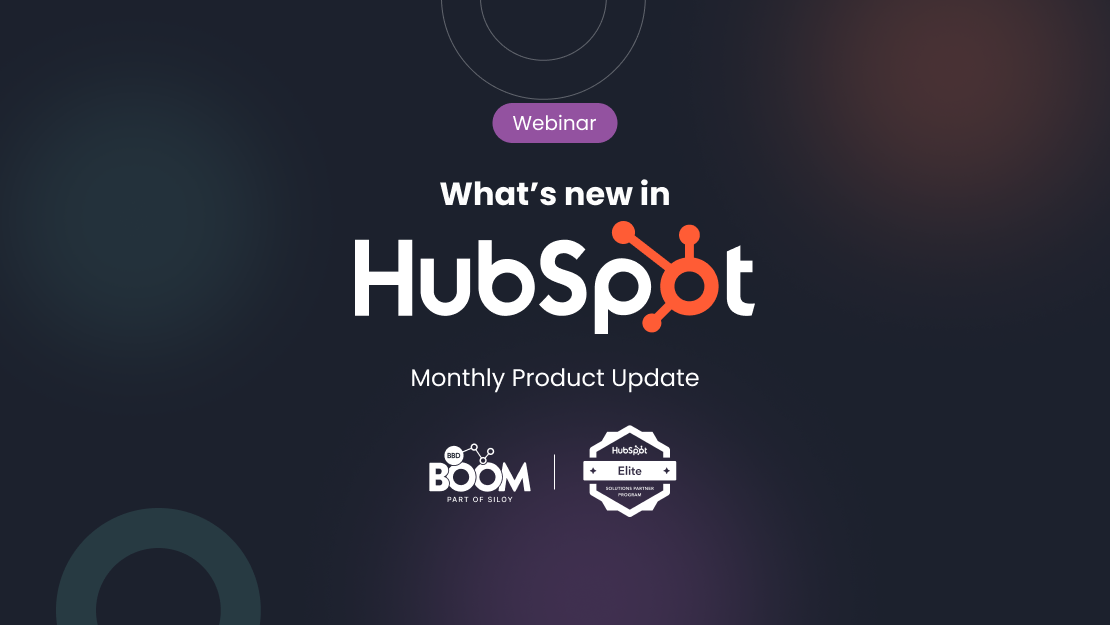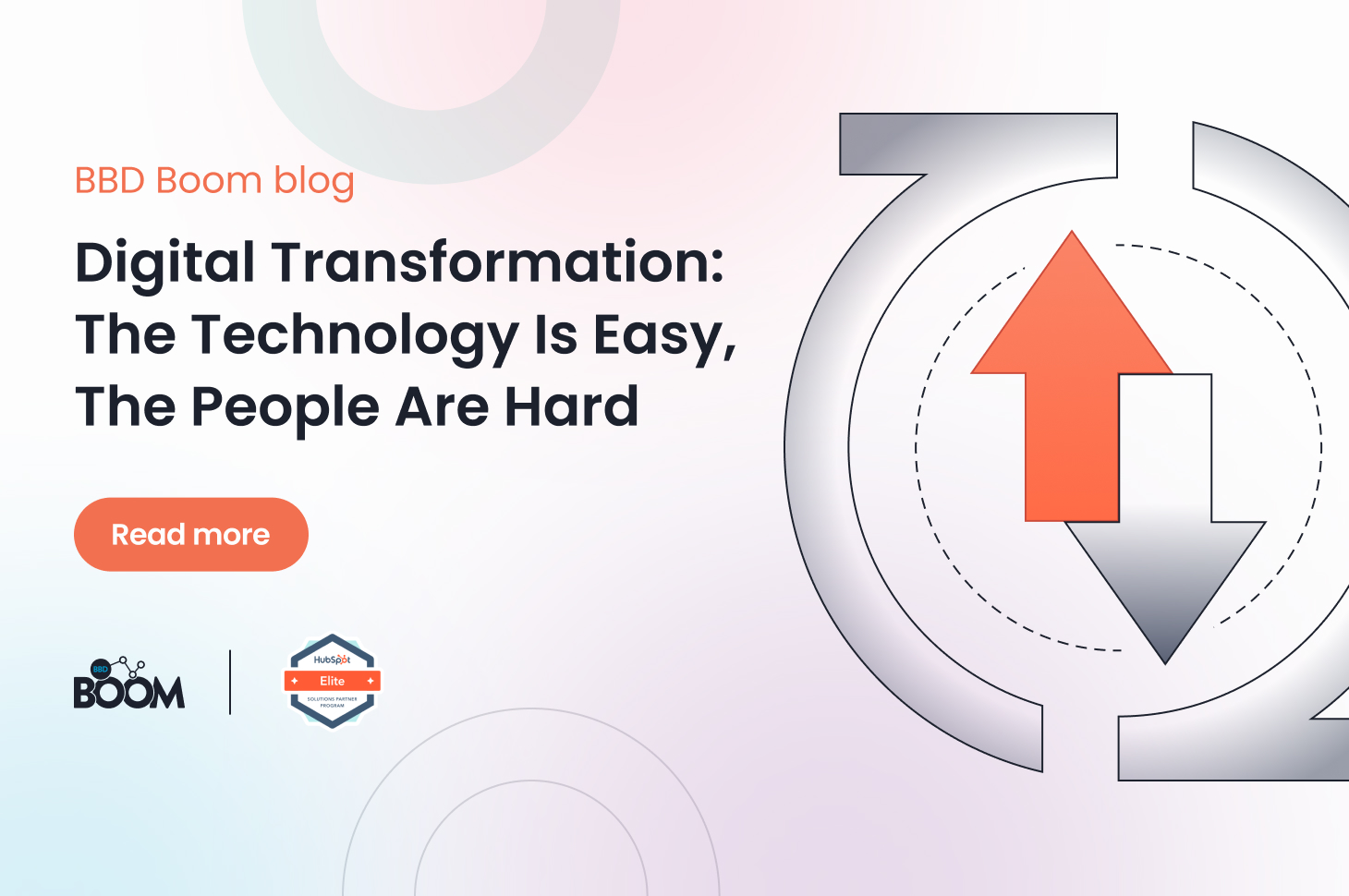“My team once rolled out a new CRM, but within a few months staff went back to their spreadsheets and sticky notes – that pricey platform was already gathering dust.” I can’t tell you how many times I have had a version of that story when I speak to businesses who are considering a digital transformation project.
Across industries it’s the same story – companies invest in advanced digital tools, yet employees often revert to old ways. The hardest part of digital transformation isn’t the tech itself; it’s the people who need to use it.
The Hidden Obstacle: Human Adoption Over Tech
This human factor is often the make-or-break element of transformation. And research backs up this up - according to Gartner, nearly 65% of CIOs say culture and mindset are the biggest barriers to digital success. So perhaps I should be less surprised, then, that roughly 70% of digital transformations fail to meet their objectives.
So why do smart teams resist using tools that promise to make work easier? Change is hard. People naturally stick to routines that feel familiar and safe, even if better options exist. They may worry a new system will make their jobs harder (the single biggest fear when it comes to AI) or that they’ll make mistakes.
In the workplace, that means even if a new CRM or platform is clearly better, employees might still cling to the old spreadsheet or process they know. In short, culture eats strategy for breakfast – and it will eat new technology for lunch if we don’t manage the people side of change.
Change Resistance, Culture, and Leadership Buy-In
Overcoming this human hurdle starts with culture and leadership. If there’s one lesson I’ve learned, it’s that no technology can succeed without leadership buy-in and a supportive culture.
You might be familiar with the case study of Post-It. The Post-it Note was invented by accident at 3M, but struggled to find a market initially. It gained traction when 3M’s team sent free samples directly to executive assistants (PAs) of CEOs, knowing they controlled office workflows. When employees saw files and documents from the executive office using the sticky notes — efficiently and visibly — they started using them too. The product spread across organisations not through traditional sales, but through aspiration and influence: people wanted to emulate the efficiency and organisation of those above them.
As leaders, we need to set the tone and lead from the front. When executives actively use a new platform themselves and insist on its use in decisions, it sends a message that the tool is mission-critical. Lack of executive usage or endorsement signals that it's not a real priority undermining adoption.
Culture is closely tied to this. Employees need to hear the why behind the change and see their leaders walking the walk. When people see leadership investing their own time and energy to learn the new system, it lowers defences and builds buy-in.
Making Digital Tools People Friendly
Of course, not all resistance is purely emotional or cultural – sometimes the tools themselves erect barriers. We’ve all seen how a clunky, confusing interface can sabotage adoption – if a tool makes simple tasks tedious or doesn’t fit the team’s workflow, people will get frustrated and revert to workarounds. And if a new system creates extra work (like entering the same data twice), employees will see it as a burden and avoid it
The solution is twofold: pick the right technology and invest in making people comfortable with it. First, choosing user-friendly, intuitive tools goes a long way. For example, HubSpot’s CRM platform is praised for its intuitive interface that makes adoption faster – a user-centric design naturally encourages teams to use the tool.
But even the most user-friendly tool won’t magically achieve full adoption without support. That’s why we also emphasise training and change enablement. One thing I appreciate about HubSpot’s approach is how it pairs technology with training. HubSpot provides HubSpot Academy courses and other resources to ensure users learn and adopt the system, because ease-of-use alone isn’t enough. I’ve seen a company move from an old CRM with only 23% user adoption to HubSpot, and within a few months hit 90% adoption after proper onboarding and training. The more intuitive tool plus a concerted enablement effort made all the difference.
Ongoing Support: Turning Adoption Into Habits
Perhaps the biggest takeaway I can share is that driving adoption is not a one-time project. You don’t just roll out the tool, do a training session, and declare victory. Even after launch, ongoing support and training are essential. Not everyone becomes a power user overnight, so setting up support channels and creating internal “champions” is key to success. Refresher training as things evolve and encourage team members to get certified to build confidence and expertise is also really helpful at embedding technology.
Digital transformation is as much about people as technology. You can deploy the best software, but without winning hearts and minds, it won’t deliver. That’s why focusing on the people side of change – communicating the vision, investing in training, and leading by example – is critical from day one. In the end, digital transformation isn’t really a technology problem – it’s a human one. When your people are on board, the digital tools can truly fulfill their promise.
.png?width=877&height=508&name=bbd-boom-siloy-navy+blue-logo%20(1).png)
.png)






.jpg?width=352&name=Untitled20design20284529-1%20(1).jpg)
-2.png?width=352&name=Untitled%20design%20(28)-2.png)
